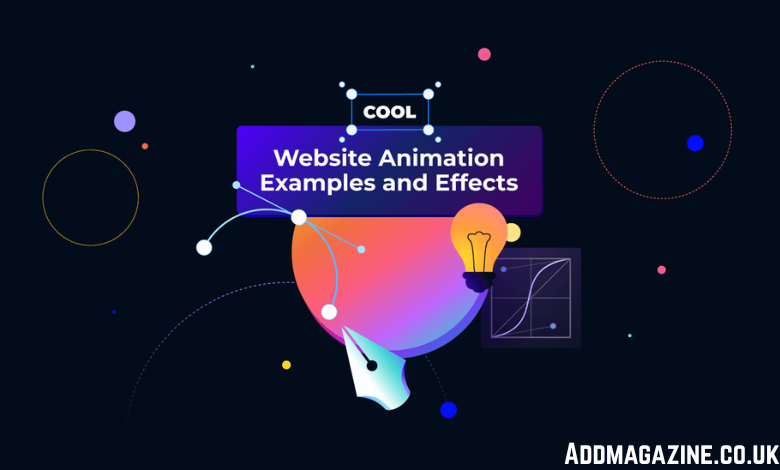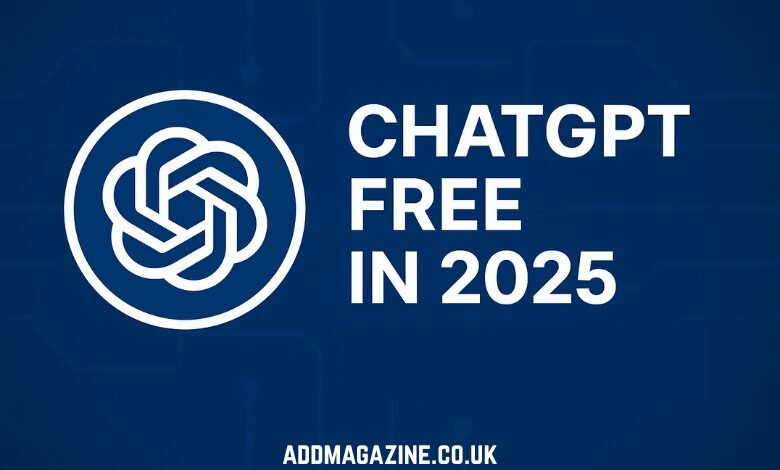Have you ever tapped a button in your application or website and felt that little bounce right under your thumb? Or watched the progress bar smoothly gliding on the screen, that waiting did not even feel like waiting? This is the power of animation. The quiet magician behind every successfully running app and website that makes every experience feel alive.
Animations are not just about making things look good and moving, but more like making people feel something when they scroll, tap, or swipe through a website or an application. The best animations seem to be invisible in a professional way. They make the whole experience make sense.
This is the actual reason why mobile app developers in Chicago are paying a lot of attention to adding animations in design nowadays. They understand clearly that an animation can easily turn a good UI into an unforgettable one, making it completely perfect. Whether it is a button ripple or a smooth transition between screens, these subtle movements shape how we see and use digital products.
Once you notice it, you will never be able to ignore how much animation matters.
The Role of Animation in Modern Web Development
Web development services are incomplete without providing animation services when creating a website. Animations change how different people interact with websites. It is no longer just additional elements used to create aesthetics; it is a movement that guides users, improves clarity, and tells a brand’s story in a way a simple static design never could.
Making Navigation Feel Natural
We all have noticed how a quick slide or fade turns switching between screens feels satisfying and effortless. This all happens with the help of good motion design. Animations help in directing users where to go next without causing confusion. When a transition flows naturally, users do not waste their time thinking “how to navigate?”, they just simply do it.
Add subtle hover effects, dropdown glides, or menu animations that lead users intuitively through a site. These tiny cues quietly improve usability and rhythm.
Example:
A soft fade between pages or sections helps users feel like the entire experience belongs together. No abrupt jumps, no confusion, just flow.
Performance That Feels Effortless
The smoothest and smartest animations are always efficient. A perfectly coded animation turns an interface faster, even if the real load time stays the same. This is a psychological trick that is used to engage users and reduce frustration.
How does it work?
- Perceived performance improvements through smooth transitions.
- Frame rate optimization techniques that keep movement consistent.
- Balancing animation detail with page speed for the best experience.
Users associate smoothness with professionalism. This is what a smooth-running animation does to your applications and websites. That means, people just keep feeling like the site “works better” rather than consciously noticing the animations. This is why a thoughtful and light motion design is important for every team providing web development services.
The Developer’s Touch Behind the Scenes
Every smooth motion is a mixture of creativity and precise coding. Developers create animations using CSS transitions, JavaScript libraries, or other frameworks like React Spring or Framer Motion. Each technique provides control and creates purposeful animations.
Agencies offering web development services often work in close collaboration with designers. Designers visualize motion; developers translate that vision into reliable, performance-optimized code. Together, they ensure animations align with both branding and usability goals.
Why Animation Matters More on Mobile
In mobile design, animation is a part of how users understand what’s happening on screen. With smaller spaces and constant thumb interaction, motion helps organize information, guide focus, and make navigation feel effortless. On mobile, animation turns limited space into a dynamic, intuitive experience.
Creating Flow in Compact Spaces
Small screens can easily feel cluttered, but animation brings clarity. Animations guide the users smoothly from one action to another, preventing them from feeling lost in a compact interface. Subtle transitions like sliding panels or expanding buttons help users visualize where they are and what’s next.
When done right, motion creates hierarchy and rhythm. It draws attention to what matters: the next step, a call-to-action, or an alert without feeling forceful. This flow makes the user journey smooth and keeps interactions light.
Good mobile design embraces the small screen. Animation becomes a translator, turning static layouts into meaningful experiences that make apps easier to use and far more engaging.
Emotional Design in Action
That simple truth defines great mobile experiences. The best Chicago app developers use motion to guide and connect. Every ripple, bounce, and fade adds warmth and personality to what could otherwise be a cold interface.
Animations mirror human behavior. They anticipate touch, respond with feedback, and move naturally. This creates trust. Users subconsciously feel that the app “understands” them. That sense of empathy in design builds loyalty.
Balancing Creativity and Function
Creativity is exciting, but on mobile devices, it has to meet performance. An app loaded with heavy animations may look impressive, but it can quickly feel sluggish. The best developers test motion on different devices to ensure smooth, consistent performance.
Lightweight animations, optimized SVGs, vector-based motions, or compressed Lottie files keep the experience fast and responsive. Testing helps strike that perfect balance between beauty and usability.
Common tools and techniques include:
- Lottie for exporting scalable animations without slowing load times.
- MotionLayout for controlling transitions in Android apps.
- Figma prototypes for testing user flow before coding.
Animation as a Bridge Between Design and Technology
Animation lives right at the intersection of creativity and engineering. It turns a flat concept into something interactive and alive. It’s where designers dream up movement and developers bring it to life through precise code. Together, they transform design from static visuals into meaningful, responsive experiences users can actually feel.
The Collaboration Factor
Behind every smooth, intuitive animation lies teamwork. Designers imagine how elements should move and express emotion. Developers then code those ideas to provide an experience that feels alive with every interaction. This collaboration is what turns motion design from a nice concept into something functional and polished.
Here’s how they make it happen:
- Figma or After Effects for concepting and motion exploration.
- Lottie or GSAP for bringing those designs into code with precision.
- Joint testing to fine-tune timing, easing, and interaction smoothness.
This constant back-and-forth ensures that every bounce, fade, or scroll effect feels intentional, not random. It’s creativity and logic working hand in hand.
Storytelling Through Movement
Animation gives digital experiences a sense of rhythm and progression, almost like chapters in a story. Think of onboarding screens that slide naturally into the next step, or subtle micro-interactions that confirm a user’s action. They build understanding and flow.
Scroll-triggered animations, for instance, guide users as they explore a page. They make content feel alive, like it’s responding to every scroll or tap. Motion directs attention and delivers information in a way that feels natural.
Building Identity Through Motion Systems
Every brand has its signature look. A logo, color, and fonts that associate with them entirely. However, modern brands have something even deeper and unique. This is where animations step in. Consistent easing, duration, and bounce can make a brand instantly recognizable even before the logo appears.
These details create what feels like personality in a digital space. A gentle ease-out feels calm and trustworthy; a snappy rebound feels energetic and bold. The motion becomes part of the identity, not just decoration.
Every brand used to have a color palette, but now they also have a motion palette as their identity.
Final Thoughts
Animation is the heartbeat of every modern app and website. It’s what turns simple clicks into satisfying moments and plain screens into living, breathing experiences.
Behind every smooth swipe and transition are creative teams; designers dreaming in movement and developers translating that into code. That’s why mobile app developers in Chicago and agencies offering expert web development services put so much effort into motion design. They understand that animation isn’t about showing off; it’s about creating flow, emotion, and connection.
When done right, animation disappears into the background, yet it’s the reason users stay, trust, and return. It gives technology warmth and personality. And in a digital world filled with endless static pages, motion is what makes your product stand out and feel truly alive.




